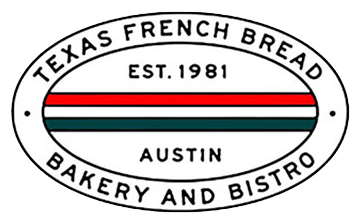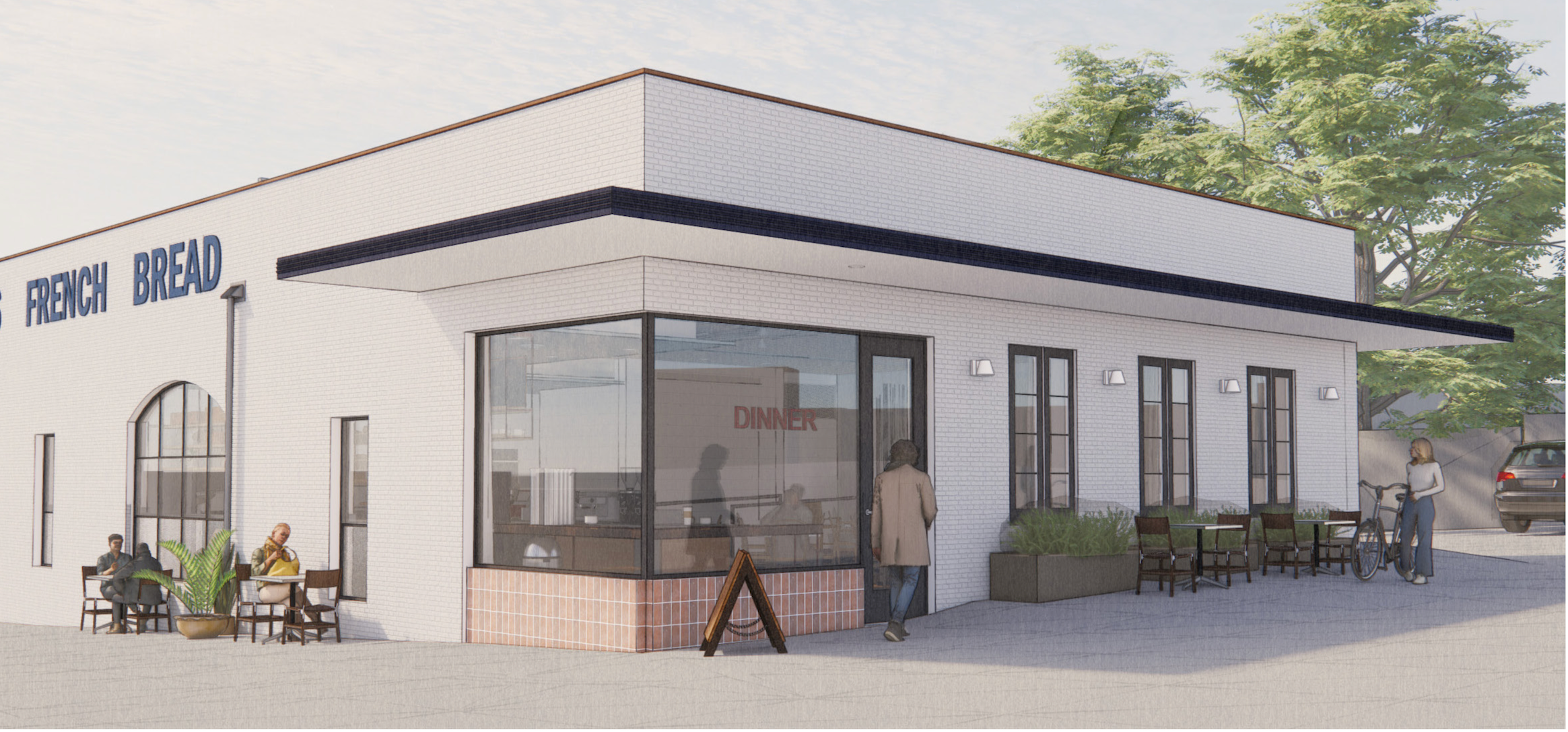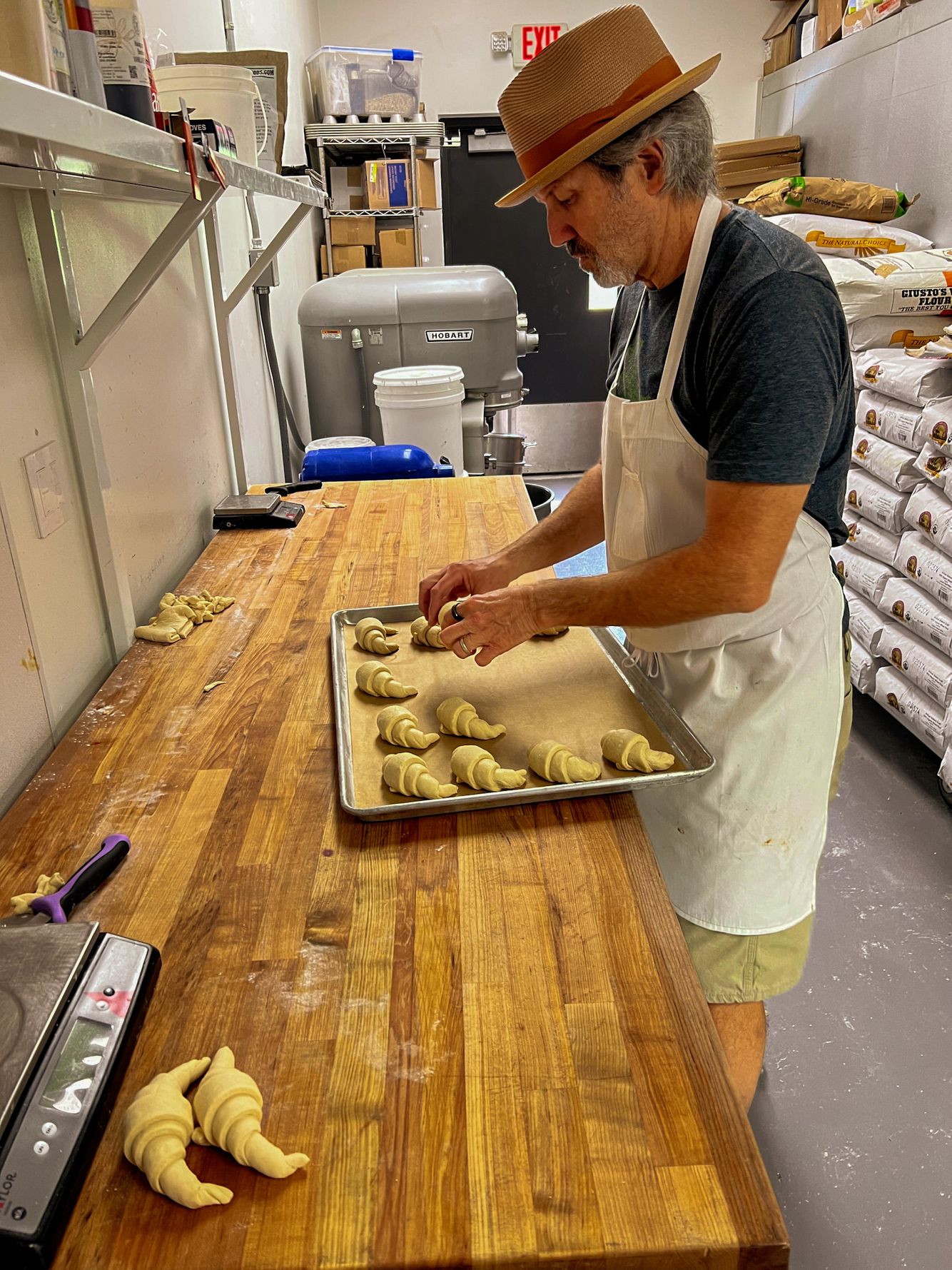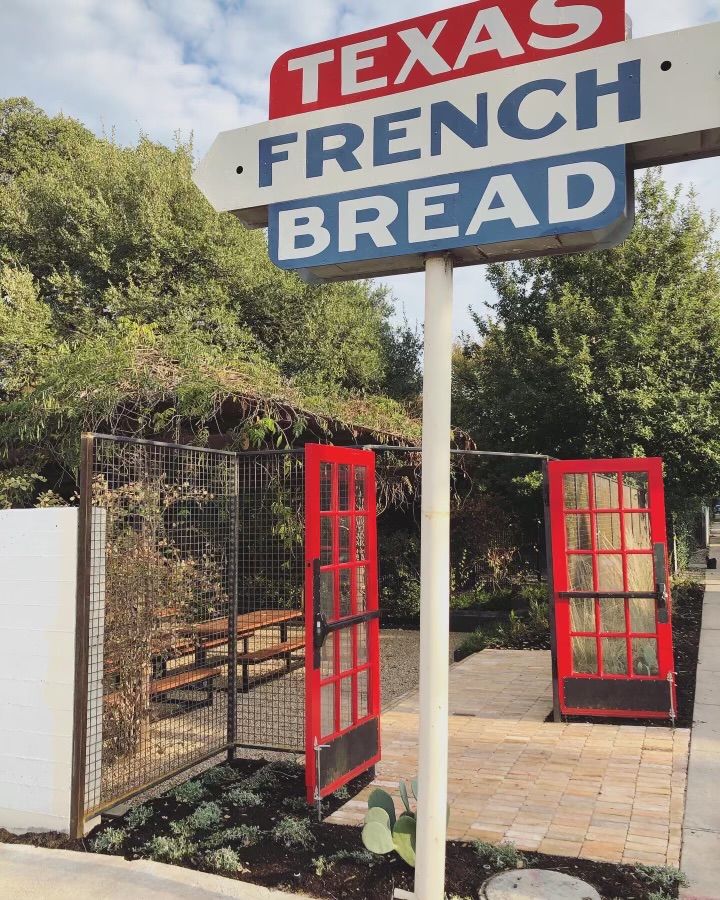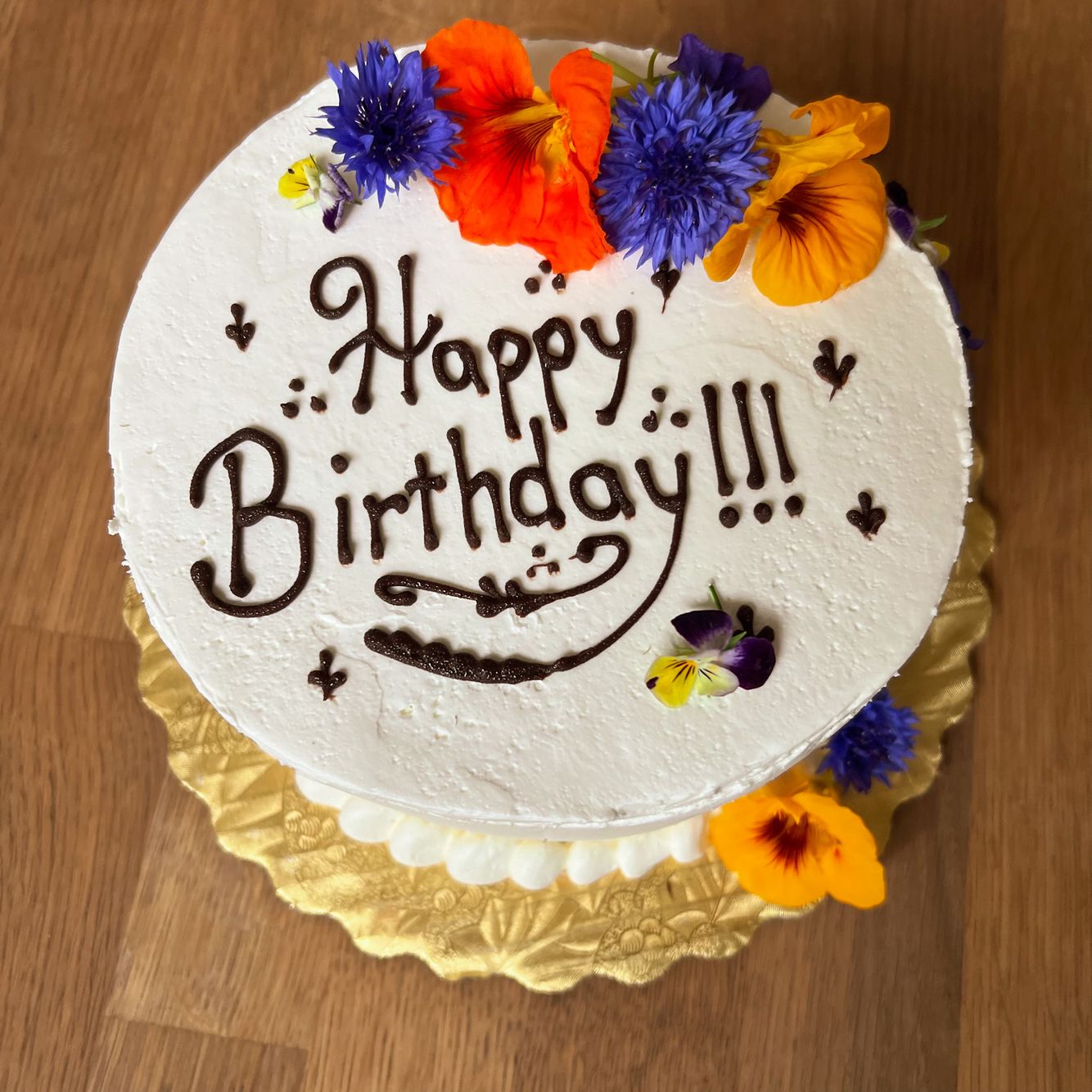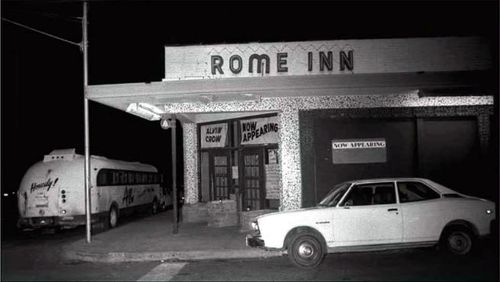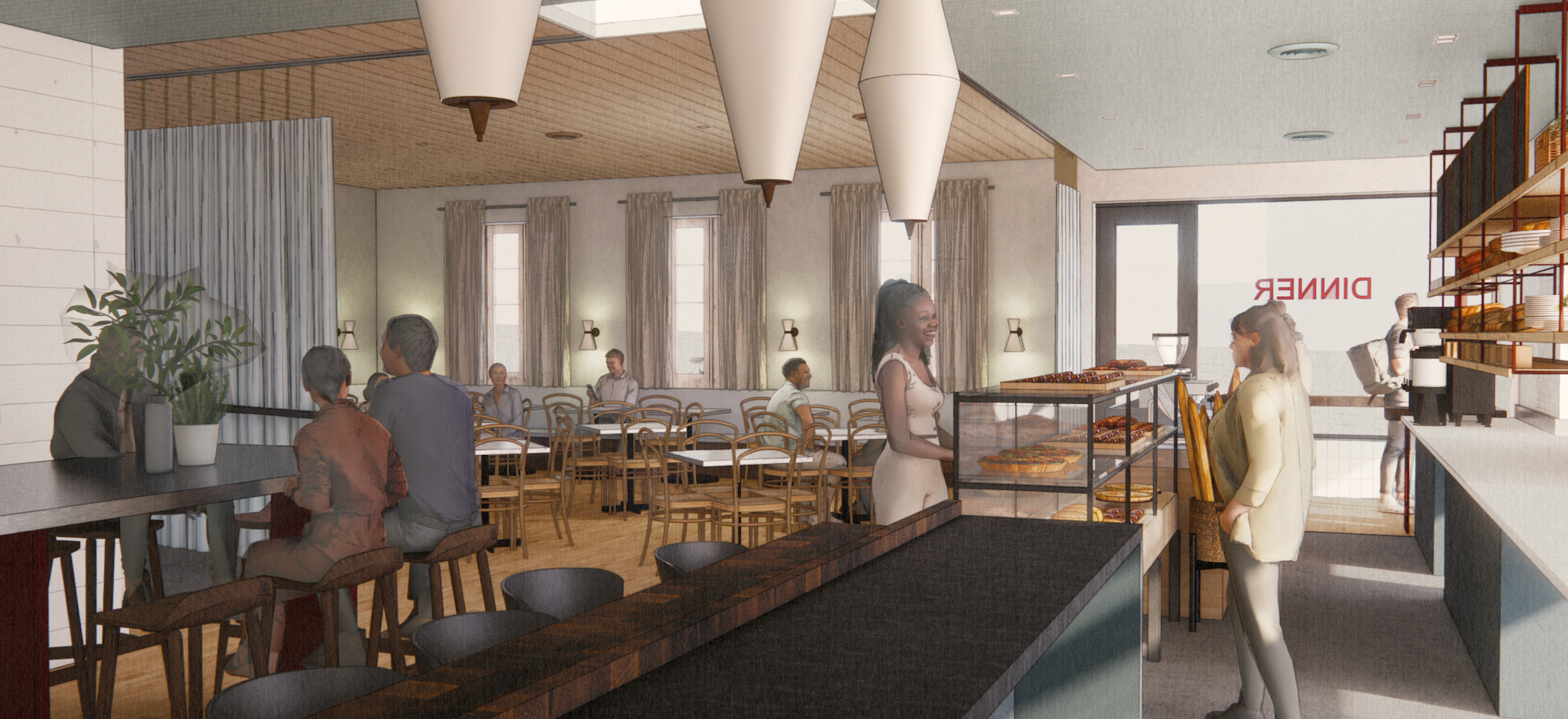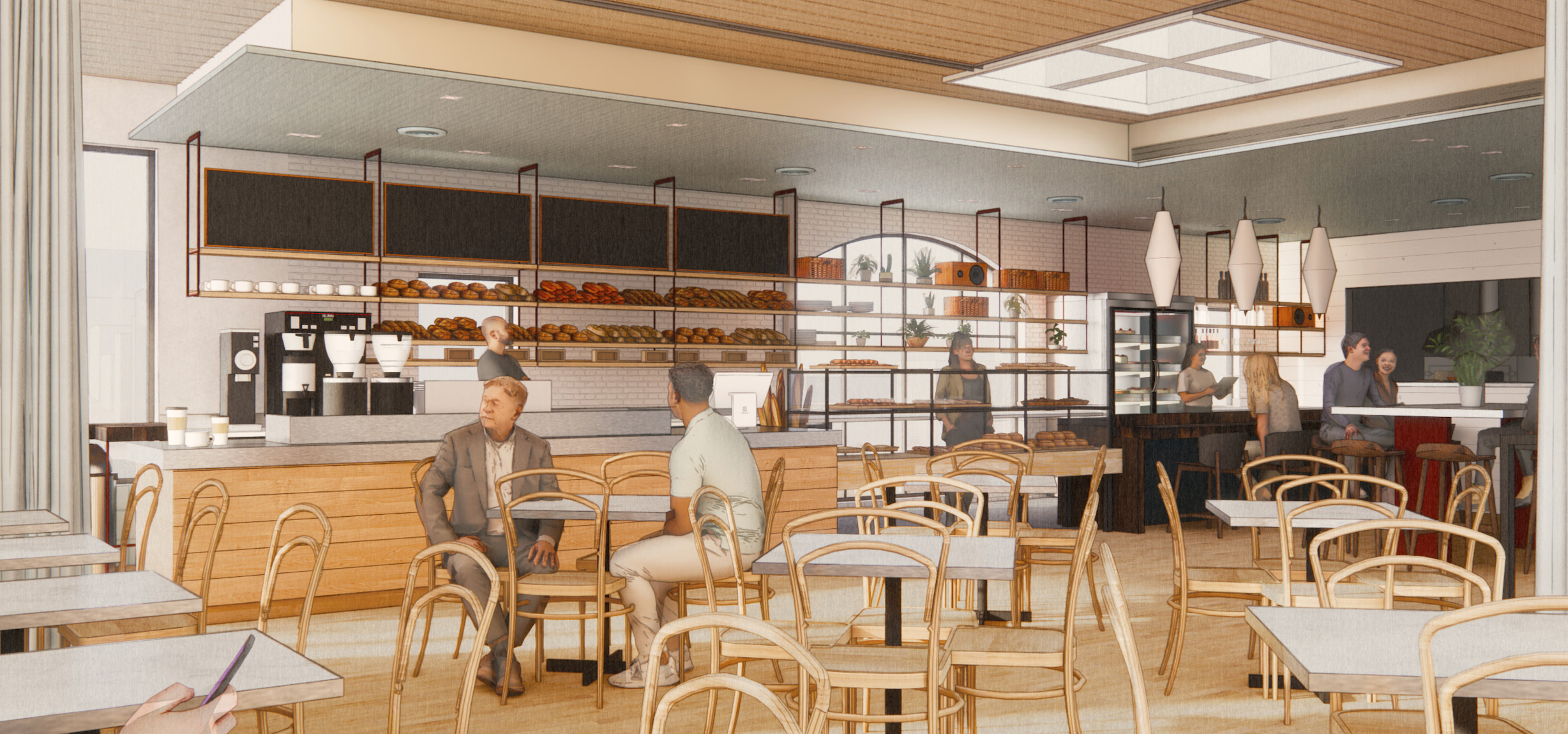As we've worked with our primary architecture firm (STG Design) and design consultants (Pollen Architecture) in recent months, I suppose I've found myself thinking at least as much about the structure we lost as the one we are building. 2900 Rio Grande was home to our proud flagship bakery, but it also housed the Rome Inn (and before that, Shipwash's Grocery). And while the building traces its roots to at least the early 1940s, you can make a good argument that the identity and spirit of 2900 Rio Grande and it's place in our city were incubated in those formative years in the1960s and 70s when Austin's reputation for live music and our specific brand of weirdness and hippie culture came into being. Some of my most vivid impressions of our city took meaningful shape during that time.
I was born in Austin but my family moved frequently. In the 70s, they moved to the Rio Grande Valley and sent me off to boarding school at St Stephen’s outside Austin. In those days, the hill country surrounding the school was sparsely populated and quite a long drive from town. It felt far from everything, but especially from Austin's cultural hub, the UT campus.
The nerdy adolescent boys in my 8th grade dorm imagined UT as the very pinnacle of all we aspired to and imagined we were missing out on at St. Stephen's - things like marijuana, rock concerts, and scantily clad coeds who were interested in us. That none of us had much experience with those kinds of things in our short lives was entirely beside the point - we just knew things were going to be amazing once we finally got free of boarding school.
On Saturday afternoons borders could sign up to go into town and have a few hours of unsupervised freedom near the aforementioned campus. I would often make this trip which allowed me a view of 1970s Austin. A trip to town meant piling into the school's old twelve-seater van piloted by one of the faculty. We would wind our way out St Stephen's School Road through stubby cedars and cacti a full six miles back to Bee Cave - in those days a rather sleepy stretch of two lane. Thirty or forty mins later, a handful of us would clamor out of the van and onto the Drag with instructions to meet back up later in the afternoon. Look out Austin.
Our favorite haunt hands down was Nothing Strikes Back, an ice cream parlor up a long flight of stairs on the second floor of a brick building on the west side of Guadalupe across from what is now the Harry Ransom Center. The sign on the door read "Please allow 60 seconds for your eyes to adjust", and you were wise to heed the request. It was almost pitch black inside. The windows were blacked out and the shop was lit with nothing but a couple of random fluorescent black lights. Ghostly images from black light posters reflected into freezers lined with tubs of ice cream the flavors of which you'd be hard pressed to identify. You would yell your order over suitably loud rock music and cone in hand, wander toward the back of the shop where you might fumble your way up onto a riser lined with upholstered couches and overstuffed loveseats. Whoever coined the phrase "Keep Austin Weird" must surely have visited Nothing Strikes Back. Even by the rather loose standards of 1970s weirdness, it was an outlier.
If we were feeling flush, the afternoon might also include lunch at Hamburgers by Gourmet, a large cafeteria style operation in the basement below the local Scientology outpost that served nothing but burgers. The people-watching at HBG was first rate - the place was always packed with students, professors and UT staff - though for those keeping score, Mad Dog & Beans around the corner offered a superior product in a more intimate environment.
Prior to my junior year of high school, St. Stephen's notified my parents that in their view, a young man of my particular disposition, talents, (and study habits) would be better suited to a public high school experience. As it happened, my parents had recently moved back to Austin into a modest bungalow on Pearl St between 28th and 29th - which for me meant Austin High. I bring this chapter up because our house was a stone's throw from the Rome Inn - the building which would come to figure so prominently in my adult life and career as the custodian of all things TFB. I recall late summer evenings in 1977 wandering the neighborhood and passing the front door of the club entrance at the corner of Rio Grande and 29th, curious about the live music that spilled out onto the sidewalk.
Unbeknownst to me at the time, the Rome Inn was home base for musicians like Stevie Ray Vaughan, Lou Ann Barton and the Fabulous Thunderbirds. According to lore, Stevie married his wife Lenny in the upstairs green room that later became my office. The club was rumored to have hosted the after party the night the Rolling Thunder played Municipal Auditorium in May of 1976. And I'm told by a reliable source that the back room at the corner of Salado served for a number of years as the site of an illicit and particularly high stakes billiards competition that would draw pool players from across the country. And obviously a decade later it would become the site where Texas French Bread expanded in 1987.
